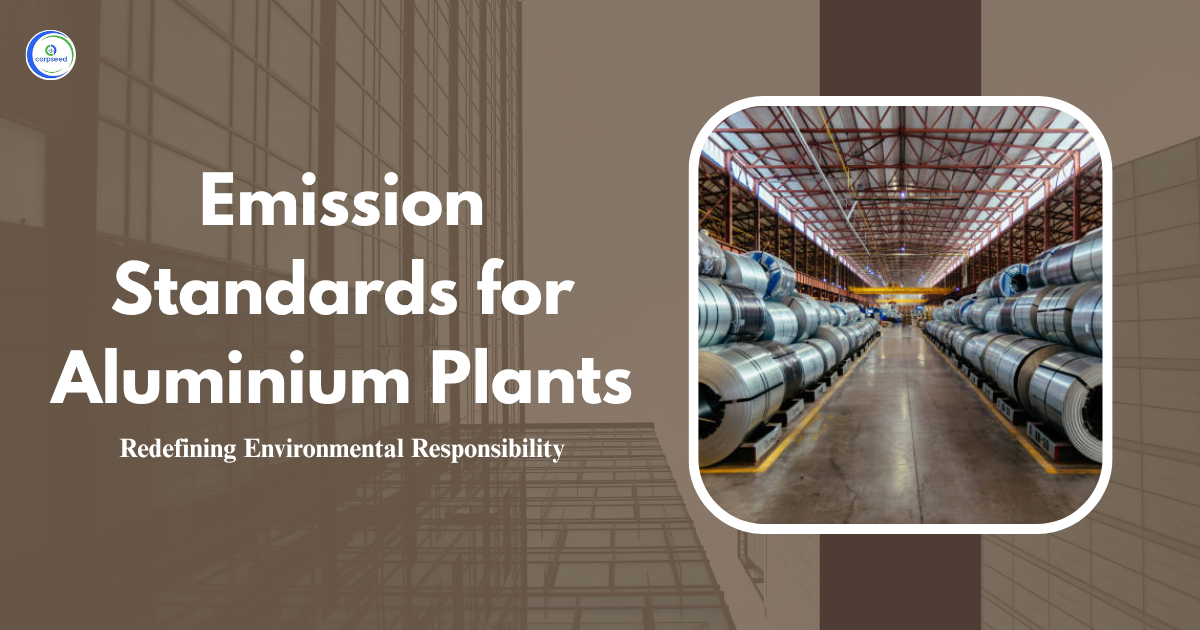In an important step towards mitigating industrial pollution, the Indian government introduced the Environment (Protection) Third Amendment Rules, 2023. These laws aim to tighten emission standards, particularly for Calcined Petroleum Coke (CPC) units. This amendment comes under the Environment (Protection) Act, 1986, and marks a significant breakthrough in India’s ongoing efforts to control industrial emissions and protect environmental health.
Table of Contents
What Are Calcined Petroleum Coke (CPC) Units?
Calcined Petroleum Coke is a high carbon material obtained from crude oil. It is mainly used in the preparation of anodes for aluminium casting and also in other industrial applications. However, the calcination process emits pollutants such as particulate matter (PM) and sulfur dioxide (SO₂), which leads to air pollution.
Recognizing the requirement for regulation, the new rules now comprise specific emission standards for CPC units under Schedule I of the Environment (Protection) Rules, 1986.
--------------Blog Contact Form-------------
New Emission Standards for CPC Units
The revision introduces serial number 117 to existing environmental standards. It defines clear limits of emission concentration and load for CPC units, on the basis of their production capacity.
| S. No. | Industry | Parameter | Standards | |
| 117 | Calcined Petroleum Coke (CPC) units | Emission Concentration (mg/Nm3) | Emission Load (kg per tonne of CPC) | |
| Production capacity up to 150 TPD | ||||
| PM | 1.4 | 0.7 | ||
| SO2 | 300 | 0.7 | ||
| Production capacity more than 150 TPD | ||||
| PM | 50 | 0.23 | ||
| SO2 | 300 | 1.4 | ||
Stack Height and Monitoring Requirements
To further control pollution, the rules also specify how to calculate the minimum stack height (the height of the chimney used to release emissions):
- Minimum stack height (in meter) shall be calculated as following:
- H=14Q0.3 (where Q is SO2 emission rate in kg/hr), or
- H=74Q0.27 (where Q is PM emission rate in tonne/hr), whichever is more.
The higher of the two values must be used. However, no stack should be shorter than 30 meters, ensuring that emissions disperse effectively.
- In addition, CPC units need to install Continuous Emission Monitoring Systems (CEMS) for both PM and SO2. CEMS helps in real-time tracking and reporting of emission levels promoting greater accountability.
Quarterly monitoring of Carbon Monoxide (CO) and Volatile Organic Compounds (VOCs) is also compulsory to improve process control and quickly identify any anomalies.
Why These Rules Matter
These new standards are essential for several reasons:
- Environmental Protection: They aim to minimize harmful releases, enhance air quality and reduce health risks to nearby communities.
- Process Efficiency: Continuous monitoring can help companies enhance their processes and minimize energy costs.
- Compliance and Accountability: With stringent regulations, industries will be held to higher standards, and promote greater responsibility.
Conclusion
The Environment (Protection) Third Amendment Rules, 2023 signify a proactive step by the Indian government to balance industrial development with environmental stewardship. By establishing clear emission limits and encouraging advanced monitoring technologies, these rules pave the way for a cleaner and better future.
For CPC units and related industries, this is a clear call to action: upgrade your processes, adhere to the new standards, and play your part in constructing a sustainable ecosystem.
Industries and environmental professionals should start preparing now to serve these requirements. Early adaptation will not only ensure smooth compliance but also establish leadership in sustainable and responsible manufacturing practices.
This portion of the site is for informational purposes only. The content is not legal advice. The statements and opinions are the expression of author, not corpseed, and have not been evaluated by corpseed for accuracy, completeness, or changes in the law.
BOOK A FREE CONSULTATION
Get help from an experienced legal adviser. Schedule your consultation at a time that works for you and it's absolutely FREE.
_Corpseed.webp)

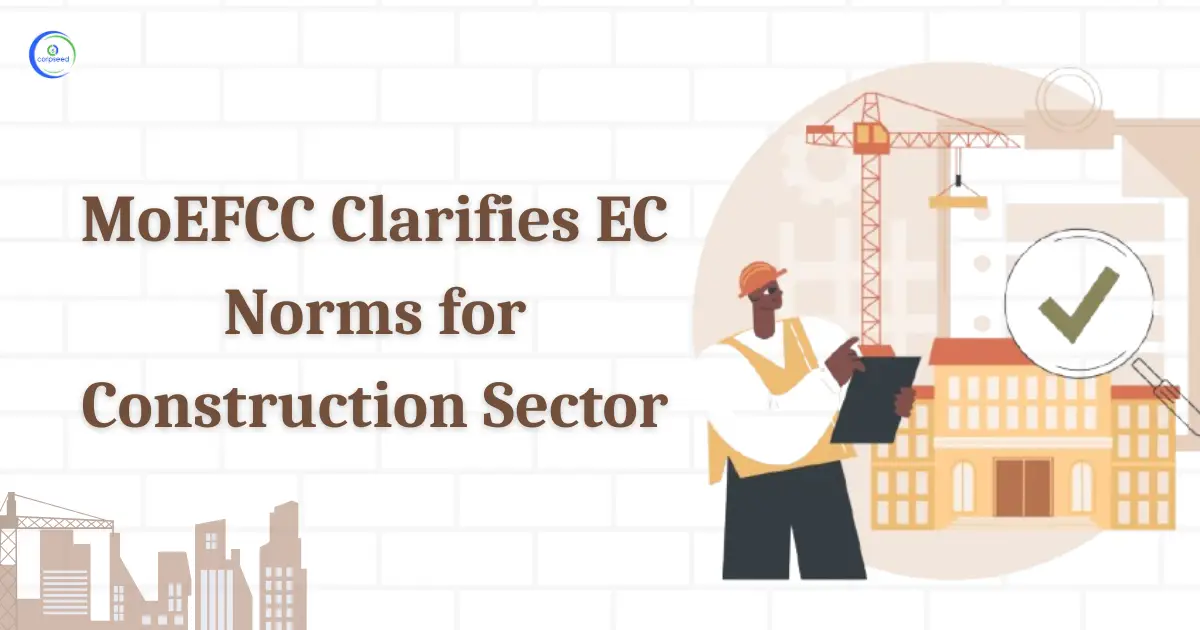
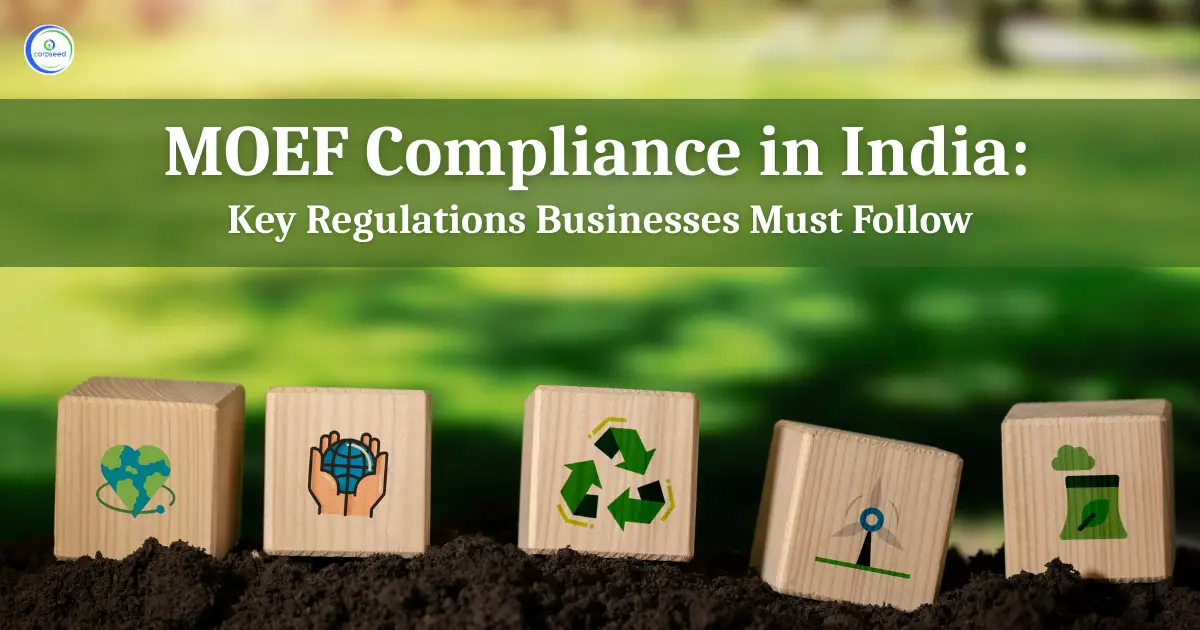
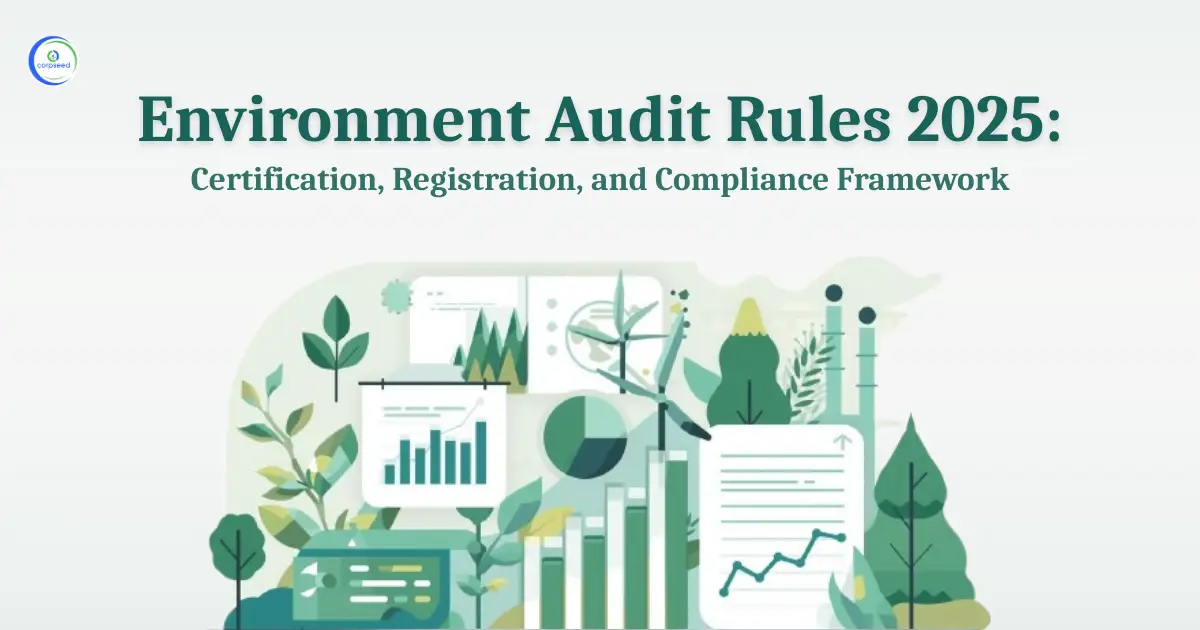
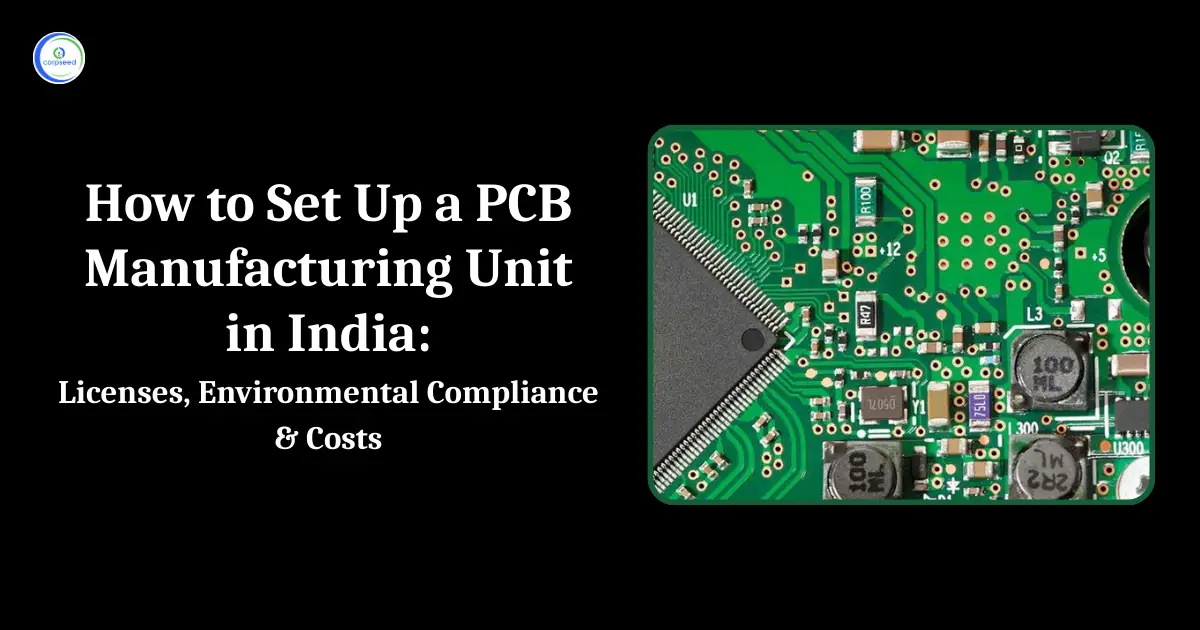
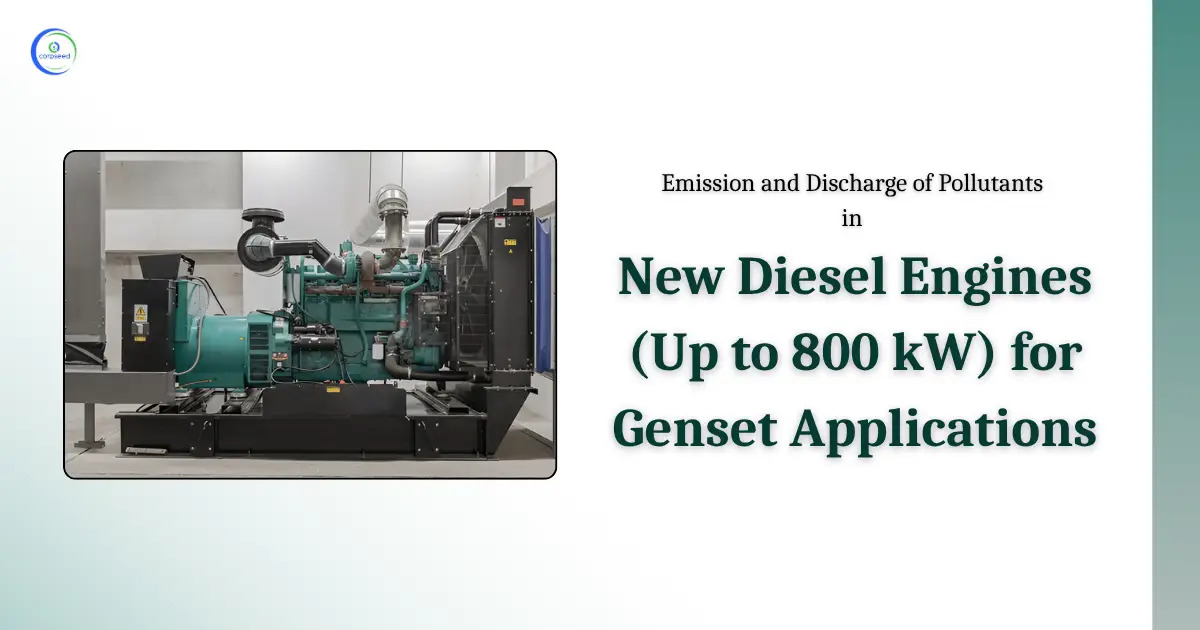
_Corpseed.webp)
.webp)
